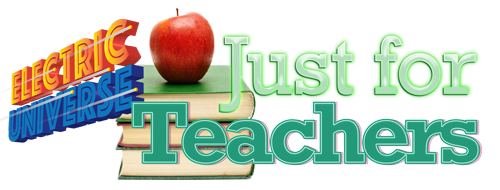
Lesson Four – Creative Thinking

Extra Classroom Materials:
Various found objects, paper and pencil
Grade(s):
1-6
Time:
10-30 min
Skills Emphasized:
- Reasoning
- Brainstorming
- Creativity
- Listing
- Synthesizing
Lesson Overview:
This activity will serve to engage students in imaginative and productive thinking. The objective is for students to list or generate a number of varied and unusual uses for ordinary items presented to them. The “presentation” of the objects may be concrete, or may be a list the instructor generates in print, writes on a board, or reads orally. The metacognitive process of being able to synthesize the uses of known objects and to project them into new and creative situations or uses is valuable in solidifying the student’s ability to integrate information. This activity may be used after a discussion of what motivates inventors to create.
Whole Group Instruction:
[Say aloud] We’ve seen how inventors create innovative products. We’re going to take some old/odd items and see what new and inventive uses we can list. You may choose a partner/work in small group/work by yourself to list on your paper the many varied and unusual ways this/these object(s) may be used. Be creative, don’t hold back on your “wildest” ideas, and don’t let anyone else discourage you from listing what you think. (Set time limit) Suggested objects: a burned-out light bulb, a length of electric wire, an old iron, an old construction/”hard” hat, a toaster without a cord, or a box of spent batteries.
Variations:
1. Challenge students to an “Invention Convention” where they actually construct something out of found items. The criteria might include the fact that something on the new construction must run using batteries or electricity.
2. Students might engage in an informal Brain Olympiad, where they would be assigned to work in small groups. Each group would be given identical found objects, the same length of time, and the task of constructing something imaginative involving electricity. Judges from parents, faculty, fellow students, or administrators might also be involved, with everyone receiving a certificate of participation.
Evaluation:
Student participation and demonstrated ability to generate lists of imaginative uses.
